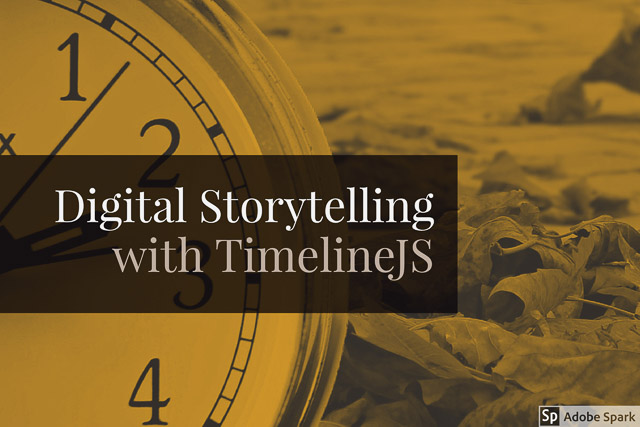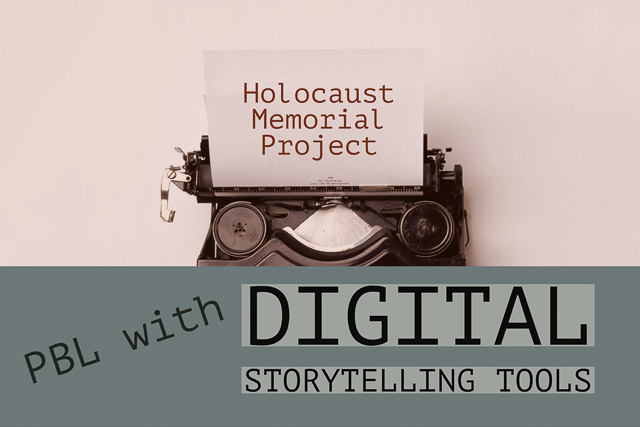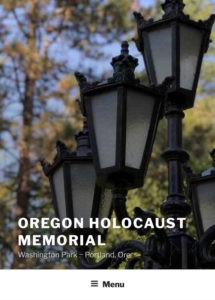My University of Portland students recently completed a PBL project, designing curriculum for the Oregon Holocaust Memorial. More here.
Students designed resources to enhance the visitor experience to the Memorial. Here we showcase the work of James Bayless and Kelly Sutton. They used KnightLab’s TimelineJS to support lessons plans to contextualize events surrounding the Holocaust. All events were placed into two categories: the rise and fall of Hitler and the escalation of Nazi repression and murder. See the timeline in context here.
TimelineJS is an open-source tool that enables anyone to build visually rich, interactive timelines. Beginners can create a timeline using nothing more than a Google spreadsheet. This opens up the opportunity for groups of students collaborating on a single Google spreadsheet the produces a common timeline.
Here’s more on how to use Timeline JS.
How to Use TimelineJS from Northwestern U. Knight Lab on Vimeo.
Image credit: pixel2013 / pixabay



